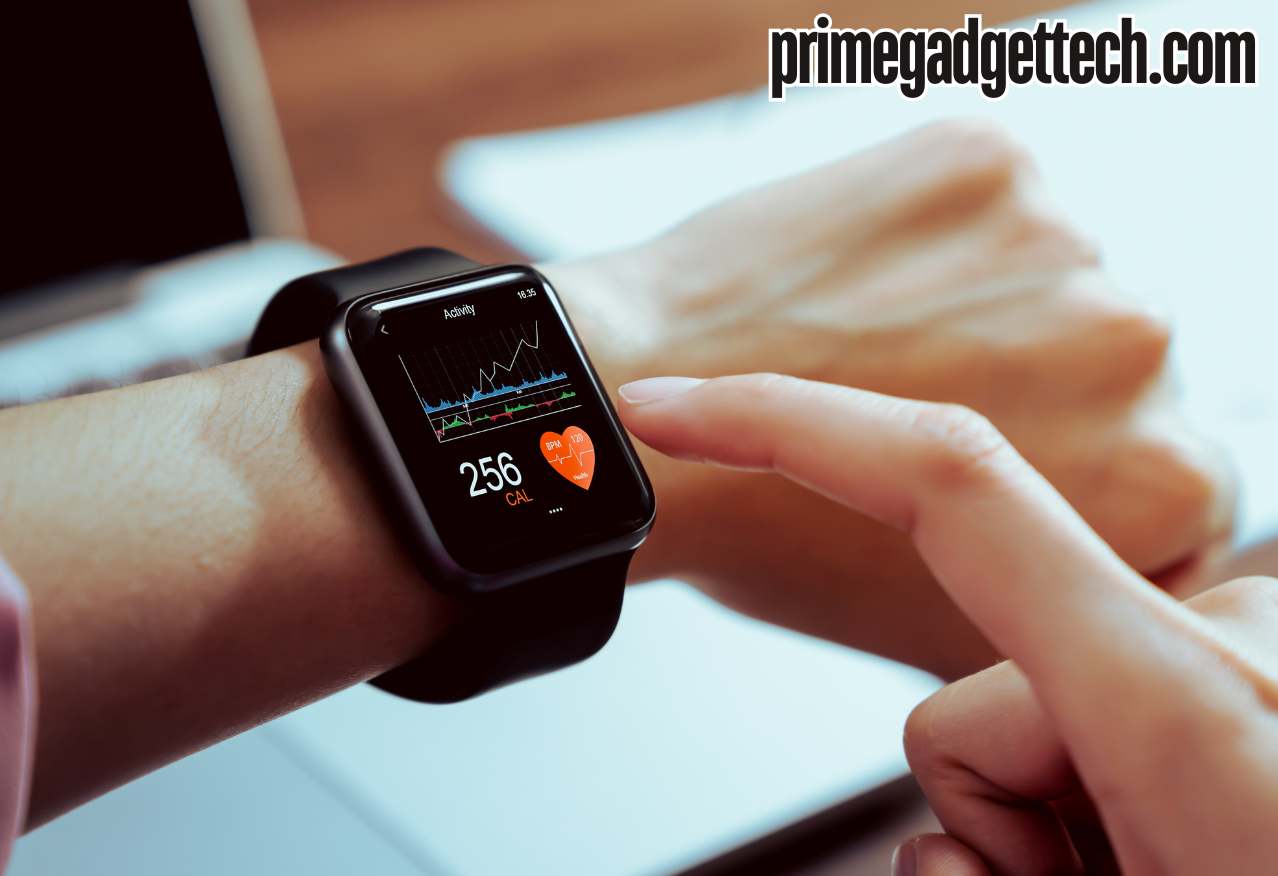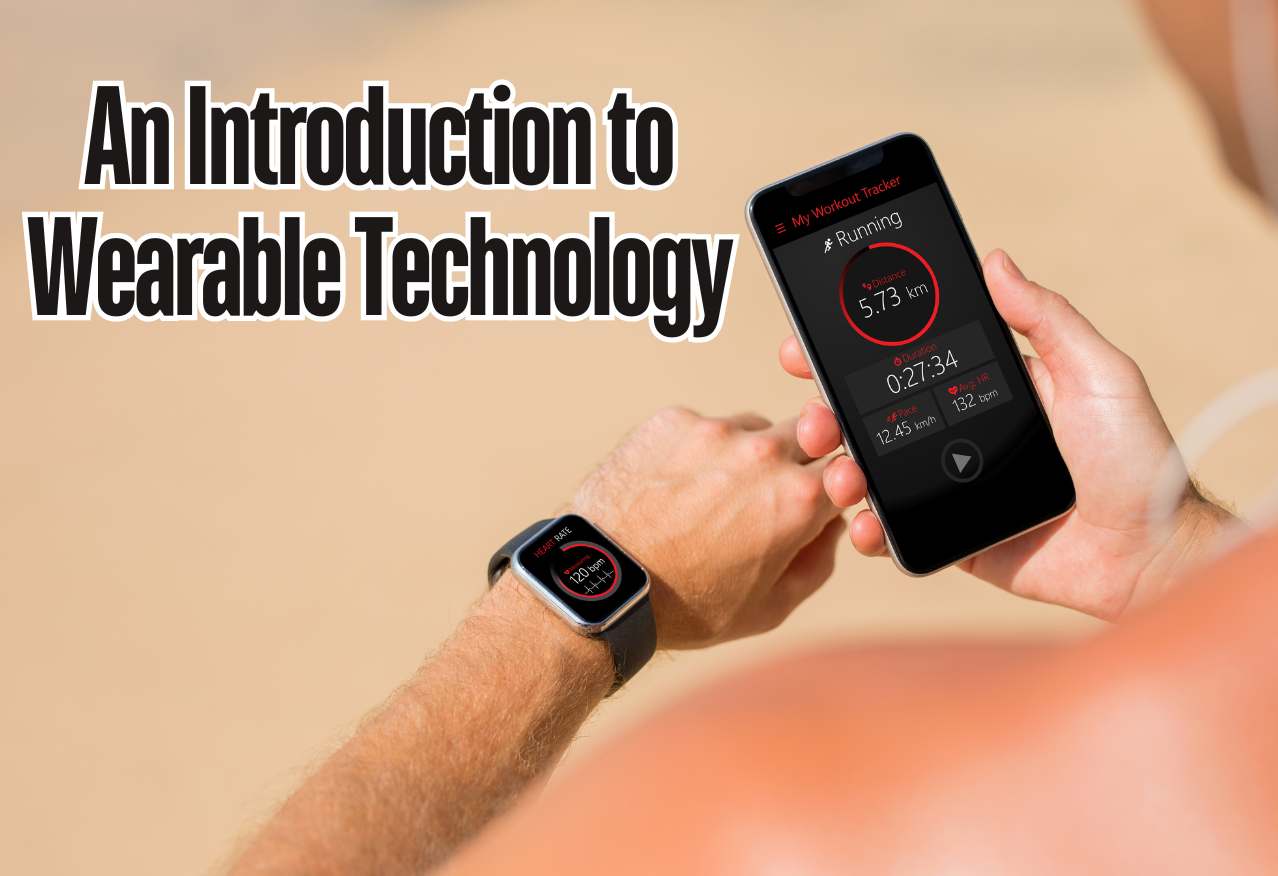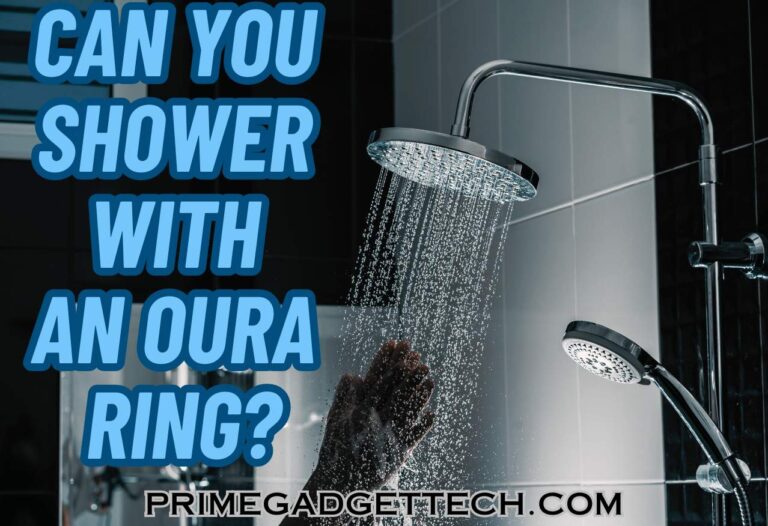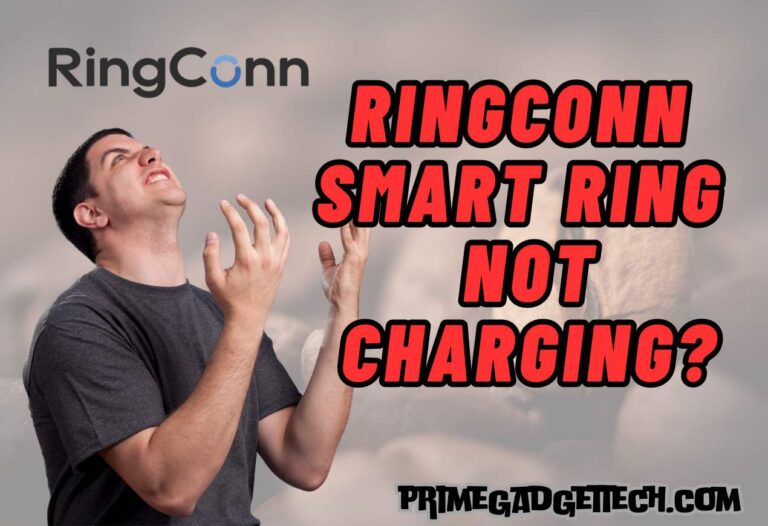An Introduction to Wearable Technology Including Smart Rings
When it comes to wearable technology, there is a bucketful of products available for you to choose from in order to wear on your body according to your needs. These gadgets are cool and pleasing to the eye and well-equipped with amazing features to provide users with valuable data and functionalities to enhance their daily lives.
Let’s have a quick look at some of these products and what you should consider before buying a device. Let’s get going!
Smart Rings
We love smart rings. Products, such as the Oura Ring and RingConn, are stylish and can track various fitness metrics. Some of the features of smart rings include monitoring sleep patterns, heart rate, activity levels, and body temperature.
With one product, you have the luxury of reducing tons of additional gadgets that you have to carry with you, and ideal for those who seek a minimalistic yet effective approach to health monitoring.
Pros
- Compact and Stylish
- Health Monitoring
- Convenience
- Discreetness
- Long Battery Life
- Waterproof
Cons
- Limited Features
- Small Display
- Compatibility
- Price
- Health Data Accuracy
- Limited App Ecosystem
Smartwatches
Smartwatches need no introduction as nowadays; it has become literally difficult to find a person without wearing a smartwatch. They combine traditional watch features with advanced capabilities like fitness tracking and even a great option to make calls without requiring your smartphone.

Popular models, such as the Apple Watch and Samsung Galaxy Watch, have changed the landscape of smartwatches as they provide in-depth health insights for people, saving money that they would pay for health-related testing. The best part of smartwatches is that they can work seamlessly with smartphones for more cool features.
Pros
- Multifunctionality
- Health and Fitness Tracking
- Convenience
- App Ecosystem
- Customization
- Voice Control
- GPS and Navigation
- Water Resistance
Cons
- Battery Life
- Cost
- Size and Bulkiness
- Compatibility
- Health Data Accuracy
- Learning Curve
- Dependency on Smartphone
Fitness Trackers
As the name suggests, fitness trackers, like the Fitbit Charge, and WHOOP are designed primarily for monitoring health metrics. These devices are helpful in more ways than one as they track steps, calories burned, heart rate, sleep quality, and many more. Fitness trackers are often more affordable and lightweight compared to smartwatches, which makes they are a popular choice for fitness enthusiasts around the world.
Pros
- Activity Tracking
- Heart Rate Monitoring
- Sleep Tracking
- Motivation
- Community and Social Features
- Water Resistance
- Battery Life
Cons
- Limited Display and Functionality
- Accuracy
- Dependency on Smartphone
- Design Limitations
- Cost
- Health Data Privacy
Smart Glasses
Smart glasses, such as Google Glass, offer augmented reality (AR) experiences in addition to hands-free access to information. Most importantly, they bring an awesome outlook to the people who wear them. These devices have the ability to show notifications, navigation directions, and other data directly in the user’s vision.

Pros
- Hands-Free Information
- Augmented Reality (AR) Experiences
- Real-Time Data
- Accessibility Features
- Health and Fitness Tracking
- Professional Use Cases
Cons
- Price
- Design and Comfort
- Limited App Ecosystem
- Privacy Concerns
- Battery Life
- Social Acceptance
Smart Clothing
Smart clothing comes with modern technology like sensors to enable the monitoring of data such as heart rate, breathing rate, and muscle activity. Products like Hexoskin smart shirts are some popular choices in the industry that provide detailed insights, making them valuable for athletes in particular.
Pros
- Biometric Data Tracking
- Comfort and Fit
- Performance Enhancement
- Injury Prevention
- Temperature Regulation
- Washable
- Durable
Cons
- Limited Availability
- Cost
- Design Limitations
- Privacy Concerns
- Battery Life
Integration with Smart Homes
As you would know by now, with the brief introduction we’ve given you under each product type, wearable technology-related products connect seamlessly with smart home devices. This immensely helps to enhance the level of convenience you get as a user in addition to the functionalities.
Let us explain this via an example. Most smartwatches and other products that we discussed earlier in the article have the ability to control home smart devices such as thermostats, alarms, and lights, as these wearable devices use Bluetooth and Wi-Fi connectivity.
Moreover, monitoring of the home smart devices is another advantage that you will get with these gadgets. Once connected with your smart devices, you can easily get the notifications to your smartwatch or smart ring and make the necessary adjustments as and when needed without much of a fuss.
In addition, the Wearable gadgets that we explained collect tons of data related to health and other activities. This vast amount of collected data can be synchronized across multiple home smart devices.
For example, data from a fitness tracker can tell your home’s thermostat to adjust the home temperature according to your needs based on the data it collected. We hope now you can understand how wearables can integrate with smart home automation with ease.
How to Choose the Right Wearable Product for You?
When selecting a wearable device, it’s crucial to consider several key factors to get the right device to match your needs. Let us explain these a wee bit.
Your Requirement
Start by identifying your primary purpose for the wearable. Think to yourself whether you need a device for fitness tracking or communication capabilities. For example, a smartwatch would be a good option rather than a fitness tracker if your primary objective is to communicate with your friends or family.
Additionally, you should consider the availability of apps and features, such as GPS, heart rate monitoring, and waterproofing, which can enhance the functionality of the product you are going to buy.
Compatibility
Consider the device’s compatibility with your existing products, such as smartphones, tablets, and smart home devices. You can consider the facts that we described earlier to make the right decision in this regard.
Battery Life
Battery life plays a pivotal role in wearable products. Some wearables require daily charging, while others can last for days or even weeks.
Comfort
Although you need all the contemporary features to be available in your wearable, you don’t want it to be bulkier and uncomfortable, right? Comfort and design are also important, as you’ll likely wear the device during all day. We recommend opting for a device that fits well and suits your lifestyle.
Price
Once you consider all the above points, you should carefully review different products for their prices. Compare the prices of wearables with similar features to find the best value for your money. Previous user reviews are very helpful before you pull your credit card out.
There will be more helpful articles regarding wearable technology coming your way. Be with us, and have a great day!

Robert Will is an expert in wearable technology, with a keen focus on smartwatches and smart rings. Passionate about staying at the cutting edge of tech, Robert regularly acquires the latest wearable devices to thoroughly test and review. His in-depth guides are crafted to help consumers navigate the ever-evolving world of smart wearables, ensuring they make informed decisions. With a background in tech journalism and a genuine enthusiasm for innovation, Robert’s insights are both practical and engaging. Whether you’re a tech novice or a seasoned gadget enthusiast, Robert’s comprehensive articles and reviews offer valuable perspectives to enhance your tech experience.







